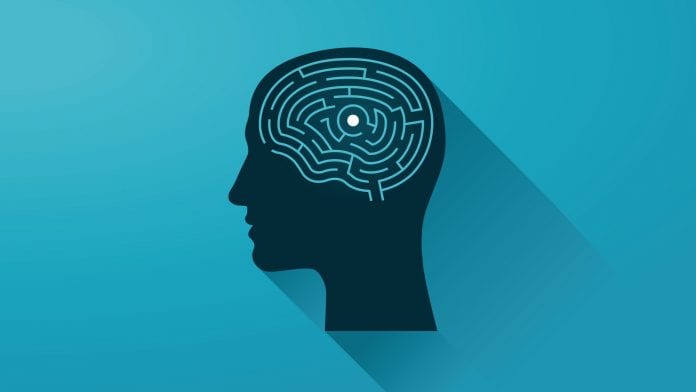
New findings reveal that three anti-seizure drugs, levetiracetam, fosphenytoin, and valproate, are equally safe and effective in treating patients with this condition.
These three anti-seizure drugs are commonly used by doctors in the emergency room to treat patients with refractory status epilepticus – a type of epilepsy where severe seizures continue even after benzodiazepine medications – which are effective in controlling seizures in more than two-thirds of patients.
The study, published in the New England Journal of Medicine, was supported by the National Institute of Neurological Disorders and Stroke (NINDS), part of the National Institutes of Health.
Safe and effective treatment
Robin Conwit, NINDS programme director and an author of the study, said: “Doctors can be confident that the particular treatment they choose for their patients with status epilepticus is safe and effective, and may help them avoid the need to intubate the patient as well as stays in the intensive care unit.
“This was a truly collaborative, multidisciplinary study that involved paediatricians, emergency medicine doctors, neurologists, pharmacologists, and biostatisticians all contributing their expertise.”
In the Established Status Epilepticus Treatment Trial (ESETT), more than 380 children and adults were randomised to receive levetiracetam, fosphenytoin, or valproate when they came to the emergency room experiencing a seizure.
The researchers were trying to determine which of the anticonvulsant drugs was most effective in stopping seizures and improving a patient’s level of responsiveness within 60 minutes of administering treatment.
The results showed that the three anti-seizure drugs stopped seizures and improved responsiveness in approximately half of the study participants. Specifically, these benefits were seen in 47% of subjects in the levetiracetam group, in 45% of participants in the fosphenytoin group and in 46% of subjects in the valproate group. These differences were not statistically significant.
There were no differences in serious side effects among the drugs.
“Our study suggests that clinical outcomes are driven by factors other than drugs. Differences in how doctors decide to treat status epilepticus, such as when they give more drugs or when to anesthetise patients and put them on a mechanical ventilator, may be more important than the specific treatments used to control seizures in patients,” said Dr Silbergleit.
The study was stopped early when a planned interim analysis found that the drugs were equally safe and effective.
Status epilepticus
Status epilepticus is characterised by individual seizures or multiple seizures close together lasting more than five minutes, with a loss of consciousness.
If not treated, it can lead to severe brain damage or death. Benzodiazepines are the first line of treatment for status epilepticus and are effective in two-thirds of patients. Refractory status epilepticus occurs in those patients in whom benzodiazepines do not stop their seizures.
Additional research is needed to prevent refractory status epilepticus and to find treatment options for the patients whose seizures do not respond to the three drugs investigated in this study.
The study was led by Robert Silbergleit, professor at the University of Michigan, Ann Arbor; Jordan Elm, Ph.D., professor at Medical University of South Carolina; James Chamberlain, M.D., professor at George Washington University; and Jaideep Kapur, professor at the University of Virginia.







